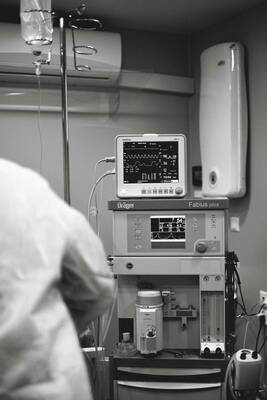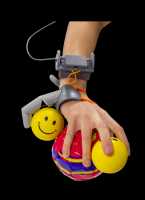Race/Ethnic Diversity, Technology, Telemedicine / 20.03.2025
Addressing Healthcare Inequality Through Technology
Healthcare inequality remains one of the most pressing global challenges, affecting billions of people worldwide. Despite advancements in medical science and healthcare infrastructure, access to quality healthcare services remains unequal across different regions, socioeconomic groups, and communities. Disparities in healthcare access, affordability, and outcomes persist due to factors such as income level, geographic location, race, gender, and social status.
However, technology has emerged as a powerful tool in bridging these gaps and democratizing healthcare. From telemedicine and wearable devices to artificial intelligence (AI) and big data, innovative technologies are transforming the healthcare landscape and making healthcare more accessible, affordable, and efficient. Healthcare software developers play a crucial role in this transformation, creating the digital platforms, applications, and tools that enable these technological advancements to reach a wider audience.
(more…)





